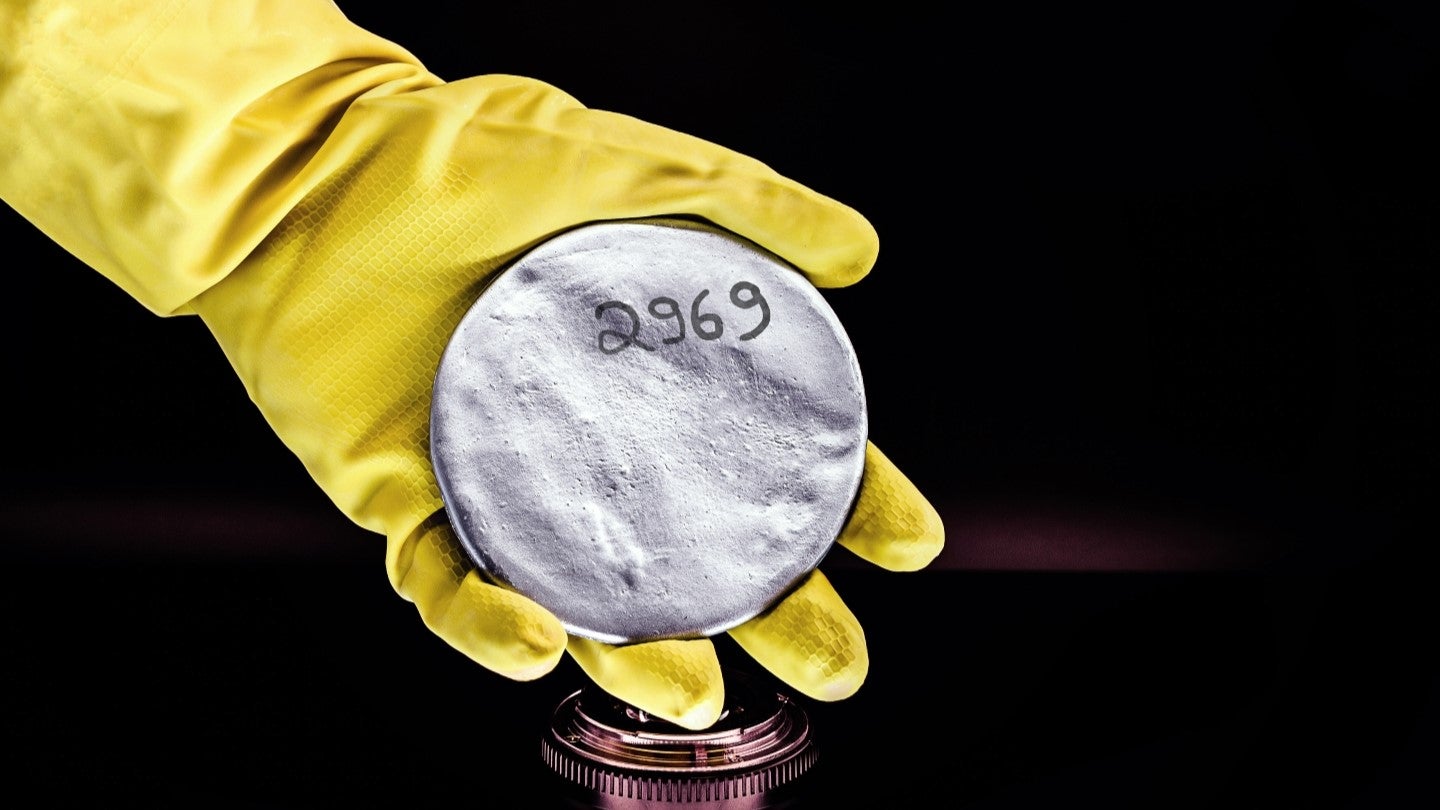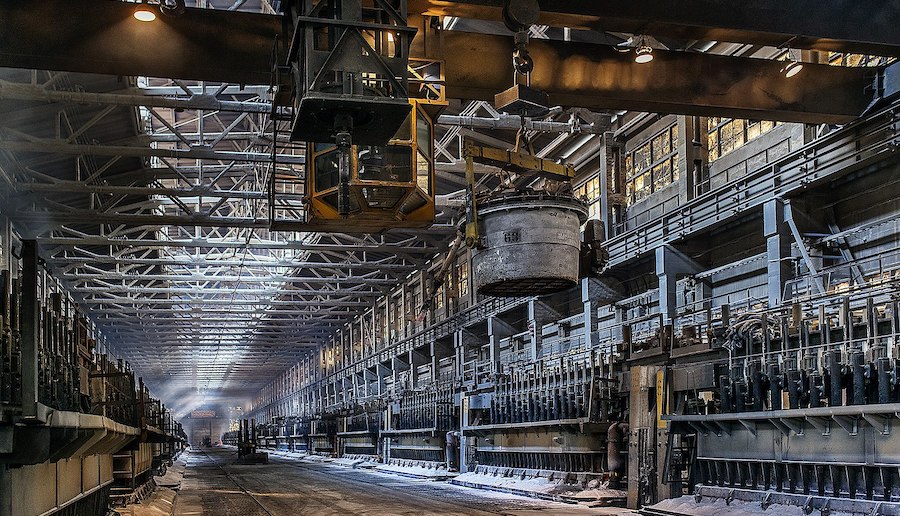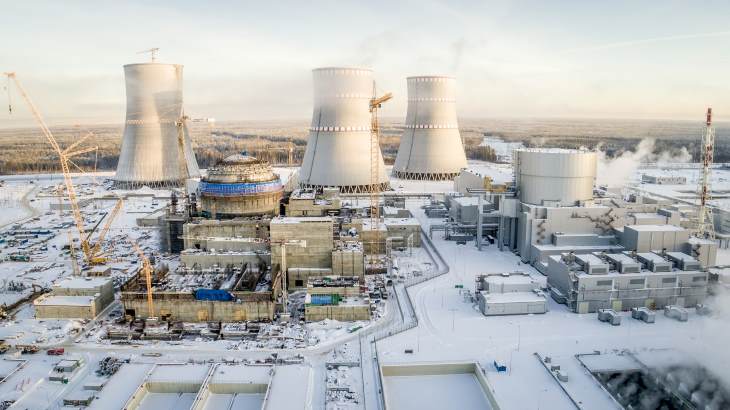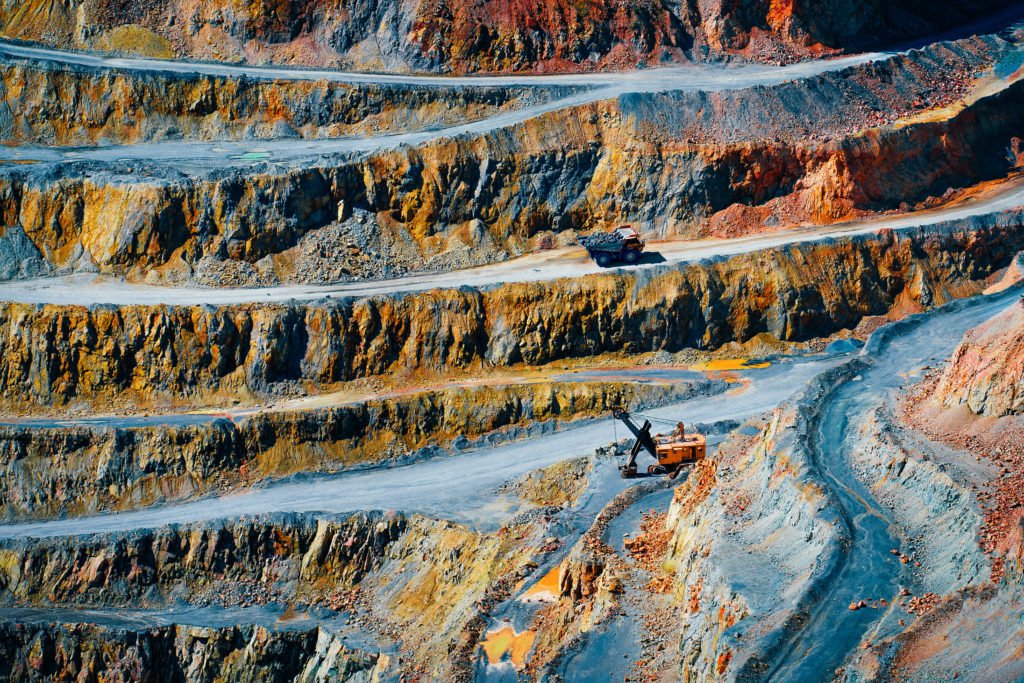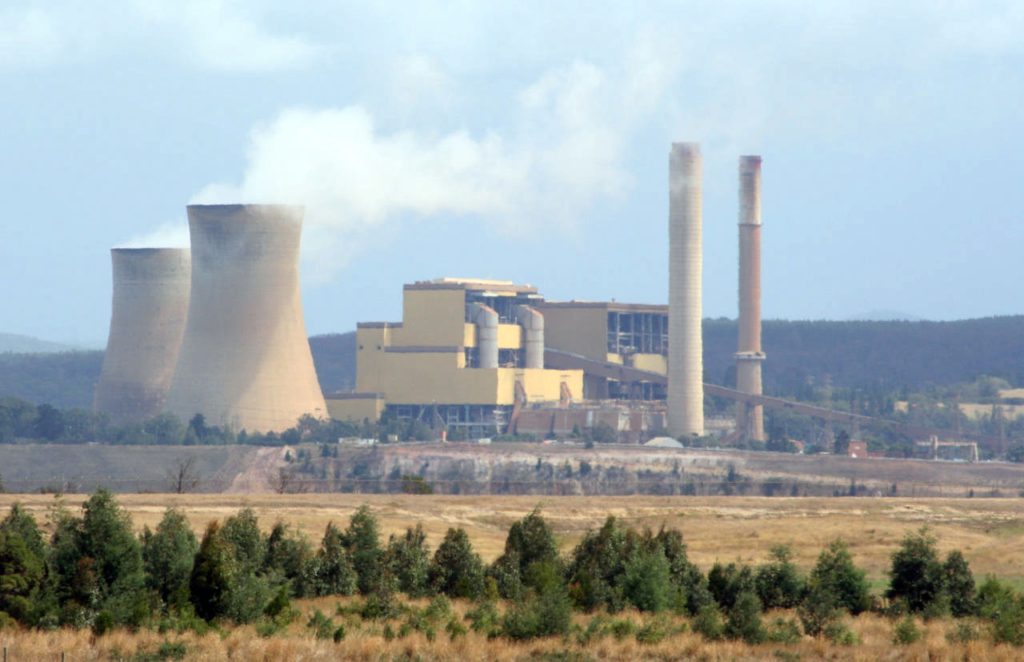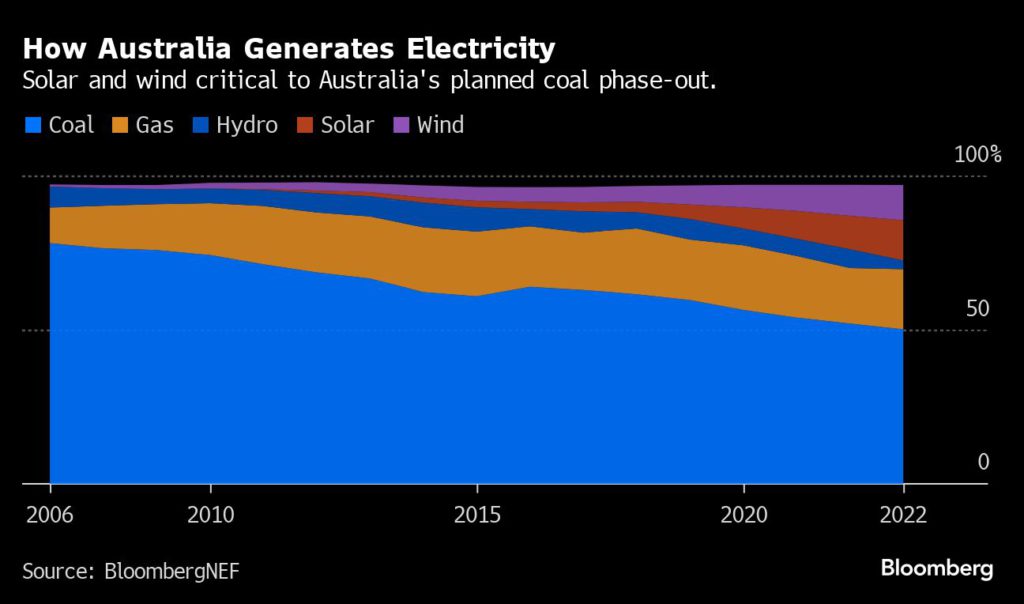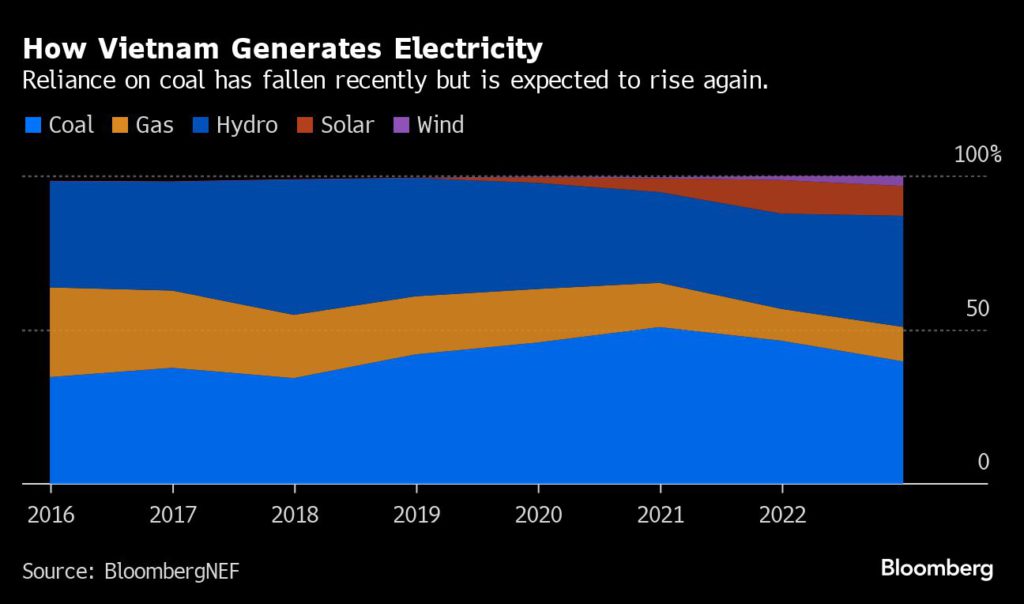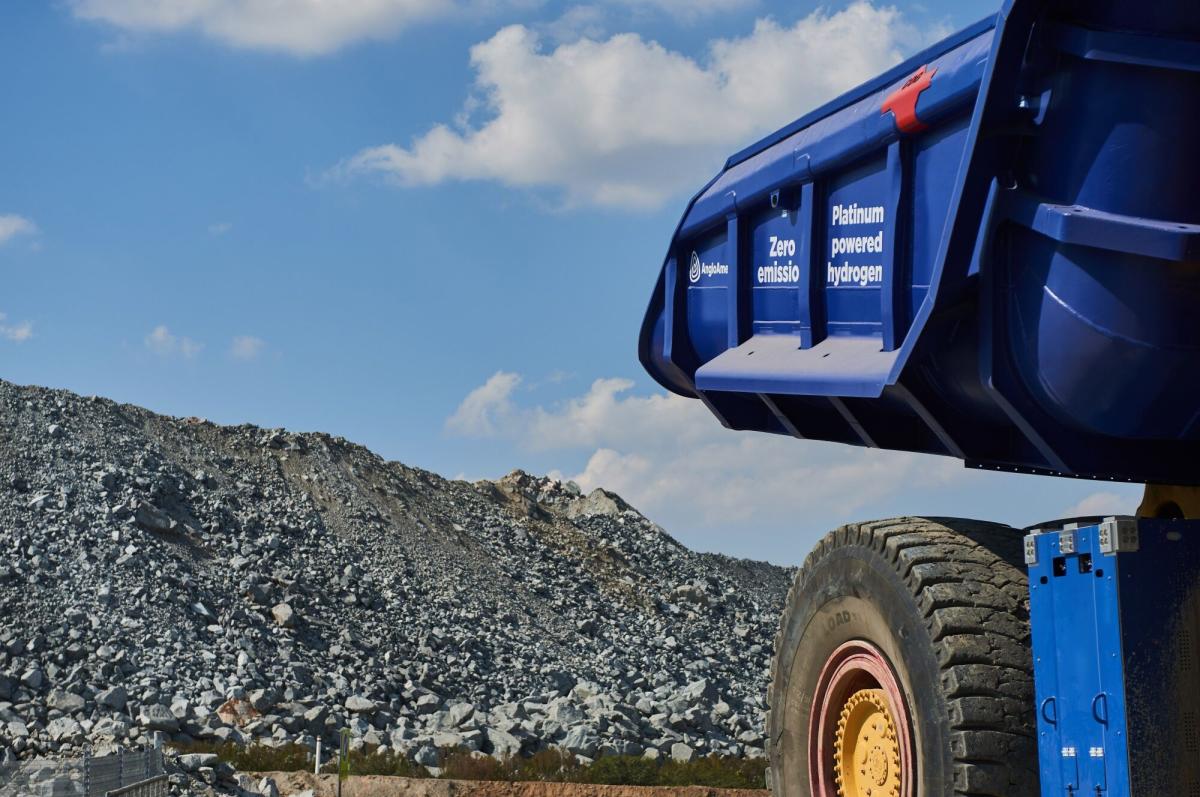
Anglo American Plunges as It Slashes Production to Cut Costs
December 8, 2023 by Team @uktimenews
(Bloomberg) — Anglo American Plc plunged 18% after unveiling plans to cut drastically the amount of commodities it mines in a bid to reduce costs amid logistical and operational snarls at its operations.
While Anglo has had well-publicized issues with its platinum and iron ore operations in South Africa, the biggest and most surprising cuts came at its copper business in South America. Its mines there are the company’s crown jewels, producing a commodity that many in the industry expect to face growing shortages later this decade.
Anglo lowered its 2024 output target for copper to between 730,000 tons and 790,000 tons, from as much as 1 million tons, essentially removing the equivalent of a large copper mine from global supply. Production will fall even further in 2025, before starting to rise again the following year.
The company’s biggest problem is its Los Bronces mine in Chile. Like many of the industry’s biggest copper mines, the operation is more than 100 years old and Anglo is now struggling with hard ore that contains low grades of metal. Rather than mine this expensive-to-process ore, the company has decided to wait until it can blend it with higher grade material. Unfortunately for Anglo, that will take several years.
The miner’s shares tumbled the most since March 12, 2020, the day after Covid-19 was officially declared a pandemic. The stock has lost more than 40% of its value this year, weighed down by struggles in its diamond business and slumping prices for key commodities such as palladium.
While most of the commodities Anglo mines are currently in surplus amid weak demand from China and sluggish economies elsewhere, the scale of the company’s production cuts will likely add to expected shortages of some materials going forward.
Copper is an essential material needed to decarbonize the global economy, and most analysts and mining executives see a looming shortage of the metal, with few new mines on the horizon.
The slump will also add another headache for Anglo’s relatively new chief executive officer, Duncan Wanblad, who has already faced a tough start to his tenure. He stepped into the role with most commodity prices at a record, but they have declined since then. The company’s portfolio also has been hampered by issues from extreme weather to a breakdown in crucial infrastructure in South Africa.
The miner will reduce expenditure by another $500 million next year, on top of a $500 million reduction already announced. It plans to cut its capital spending by $1.8 billion though to 2026.
“Given continuing elevated macro volatility, we are being deliberate in reducing our costs and prioritizing our capital to drive more profitable production on a sustainable basis,” Wanblad said.
Lower Output
Overall, Anglo’s production will be about 4% lower next year, before falling another 3% in 2025, it said. It also lowered forecasts for platinum-group metals, iron ore, nickel and coal.
The company has been battling challenges in its South African operations, tackling slumping prices for PGMs and the poor performance of rail and port infrastructure that’s stymieing iron ore exports. Anglo said its PGM output could fall to as low as 3.3 million ounces next year, from 3.8 million ounces this year.
Returns for PGM miners are “at the lowest point seen in this industry in the past 30 years,” Wanblad said. The prices of palladium and rhodium have fallen fast this year, decreasing 46% and 65%. Platinum has fared better, slumping about 14%. Anglo American Platinum Ltd. will postpone plans to build a third concentrator at its flagship Mogalakwena mine and to expand production at its Amandelbult complex, according to Wanblad.
“Whilst it is clearly not positive that Anglo has come to this situation where it needs to shrink its footprint, we think this new streamlined Anglo American should allow it to shed some of the recently more challenging aspects of the business,” RBC Capital Markets analyst Tyler Broda said.
Bloomberg News reported last month that the company was also considering cutting jobs at two units in South Africa because of declining PGM prices and bottlenecks curbing iron ore exports.
Anglo Consults South Africa as It Weighs Platinum, Iron Job Cuts
The miner has held talks with the government over the potential reduction in its workforce. Senior government officials had asked the company to consider delaying the cuts until after elections likely to take place around May.
Constraints on the South African state-run railway that moves material extracted by Anglo unit Kumba Iron Ore Ltd. to a port north of Cape Town are unlikely to be fixed until at least 2025, according to Wanblad. The company is unable to stockpile any more iron ore on-site, so has begun to lower the volumes it’s mining, he said. “Unfortunately, the logistics just haven’t been there.”
(Updates with details throughout)
Bloomberg Businessweek
©2023 Bloomberg L.P.
Miner may confirm plans on Friday, including shelving ambitions to boost output at Mogalakwena
07 DECEMBER 2023 -
by FELIX NJINI AND CLARA DENINA
Picture: UNSPLASH/DEON HUA
Johannesburg/London — Anglo American is preparing to freeze spending on growth and widen job cuts in SA going far beyond its initial savings target and paving the way to mothballing some higher-cost platinum mines, say informed sources.
Anglo’s sweeping spending cuts could be announced as soon as Friday, when the miner updates investors on its three-year outlook, five sources said.
The sources said measures include shelving an ambitious plan to boost output at Anglo American Platinum’s key Mogalakwena mine, and, if metal prices remain depressed, placing on care and maintenance some shafts at the Amandelbult complex in the longer term, which had been initially targeted for mechanisation and output expansion.
A concentrator plant at Amandelbult could also be placed on care and maintenance, said one of the sources.
The moves are likely to result in further job cuts at the operations and lower output guidance, they said.
The global miner had initially targeted saving $500m by cutting corporate jobs and some costs at head offices in Johannesburg, London and other locations.
Scaling down on spending could save an additional $1bn by the end of 2024, with most expected from its platinum operations, one of the sources said, as the company becomes the latest to feel the impact of the price rout ripping through the world’s top platinum producer, SA.
Anglo American declined to comment.
SA’s platinum mining output has been declining gradually over the past decades as investors baulk at investing in new mines amid threats to the metal’s future demand from a rapidly growing battery electric vehicle (EV) sector. Platinum, palladium and rhodium are used in devices that curb exhaust emissions from diesel and petrol engines.
A rapid and precipitous plunge in the prices of palladium and rhodium has already forced other SA producers, including Sibanye-Stillwater and Impala Platinum (Implats), to swiftly move to cut jobs in a bid to preserve margins.
Anglo is also expected to cut jobs and costs at its other SA unit, Kumba Iron Ore, where stockpiles had grown to 9-million tonnes by September on worsening rail bottlenecks.
Anglo Platinum is expected by a group of 11 analysts to account for 12% of the group’s net earnings at $1.3bn this year, down from 30%, or $4.4bn, in 2022.
The plans come as Anglo CEO Duncan Wanblad seeks to develop a $9bn Woodsmith fertiliser project in Britain, on which the company announced a $1.7bn writedown in February.
“Higher-cost assets have been under pressure for some time now, particularly at older, labour-intensive mines. As the industry transitions to newer, mechanised mines, older, higher cost mines will be rationalised,” said BofA Securities analysts.
Palladium prices have plunged to a five-year low ,while rhodium, which soared to record highs of almost $30,000 an ounce in 2021, has since fallen to about $4,400/oz. Platinum prices have fallen 16% in 2023.
The sector’s cost-cutting measures, also taken by junior platinum miners, come as Africa’s most industrialised economy grew only 0.3% in the first nine months of this year.
Platinum mines earned the country about R275bn in export receipts in 2022, according to Minerals Council SA data. The mines, some of which are among the world’s deepest, employ about 175,000 workers.
Some of those jobs are now evaporating. Sibanye, the biggest mining employer in SA, in October said it plans to cut about 4,000 jobs and close some shafts. Rival Implats has a voluntary job cut process up to the end of the year, a spokesperson said.
“If the numbers are low then we may need to do more capital rationalisation. More cost savings could include deeper labour initiatives such as consulting with the unions [on section 189 process] or extending the voluntary separation process,” the spokesperson said.
The sector’s woes may get even worse as penetration of EVs increases in coming years.
“There will be significant demand destruction for PGMs [platinum group metals], especially palladium and rhodium, though limited for platinum, starting 2028 due to battery electric vehicle penetration, and as PGM demand for autocatalysts decline,” said Citigroup analysts.
Reuters


